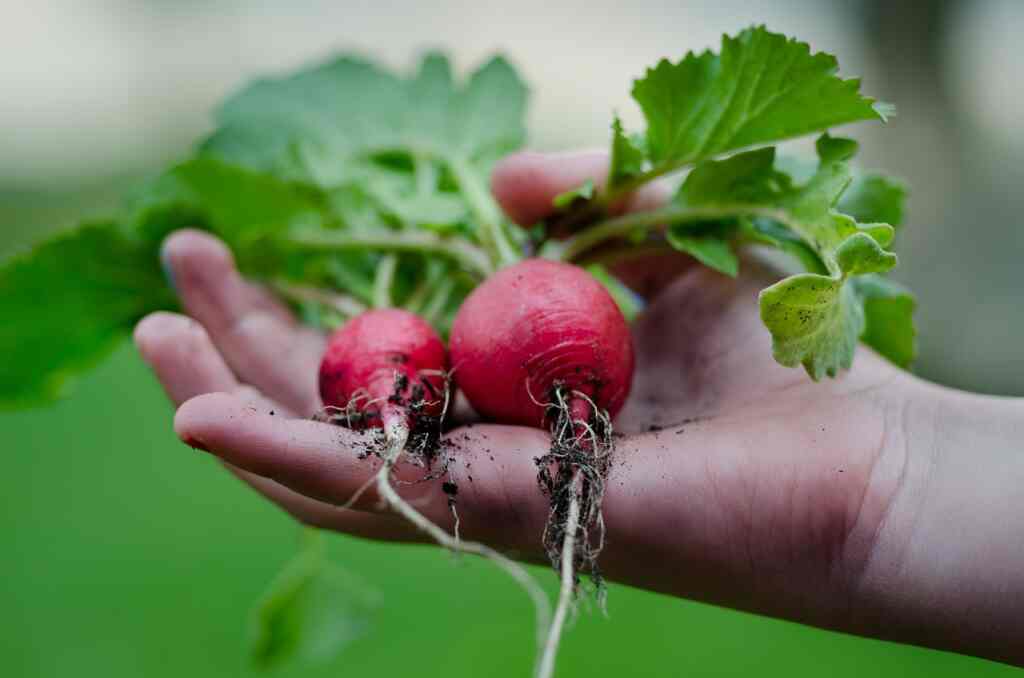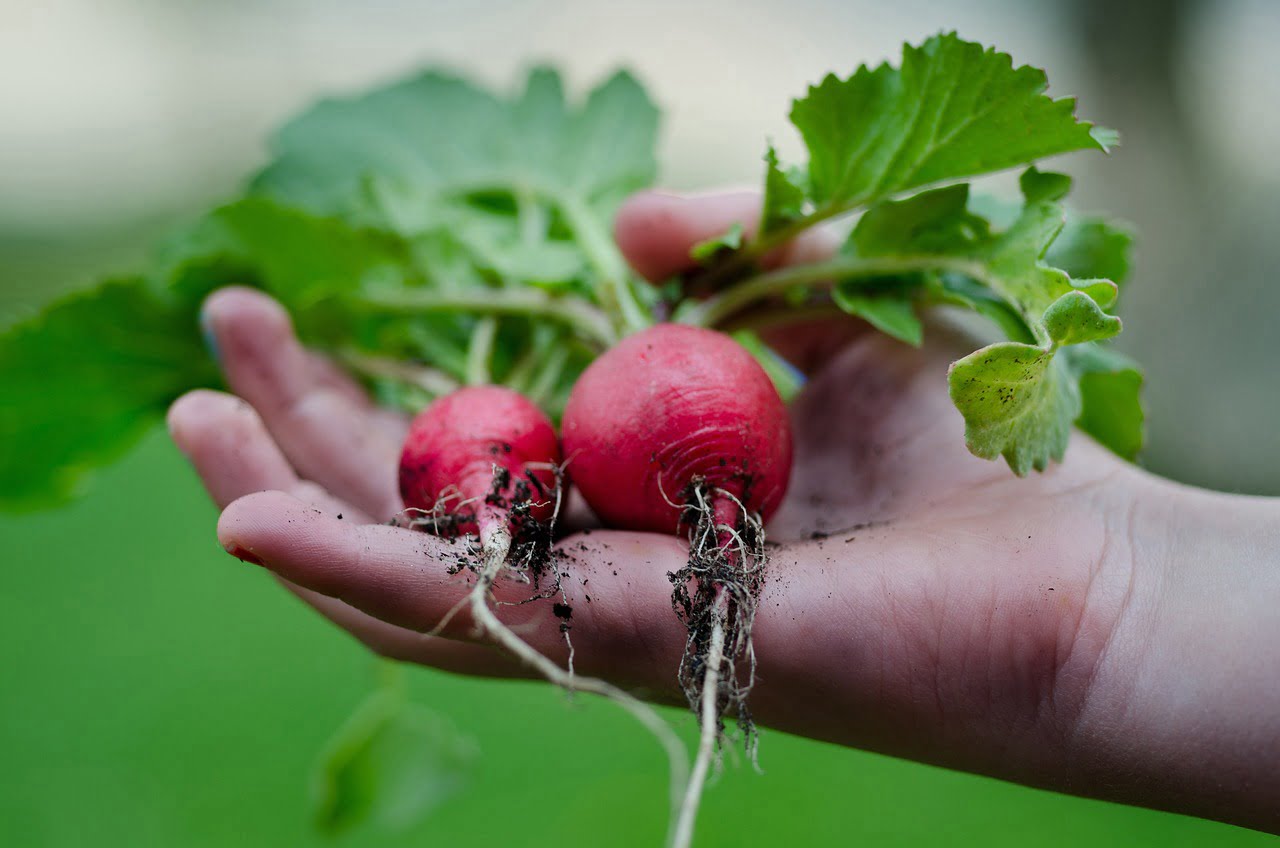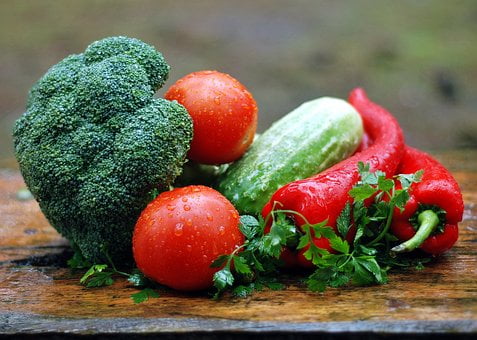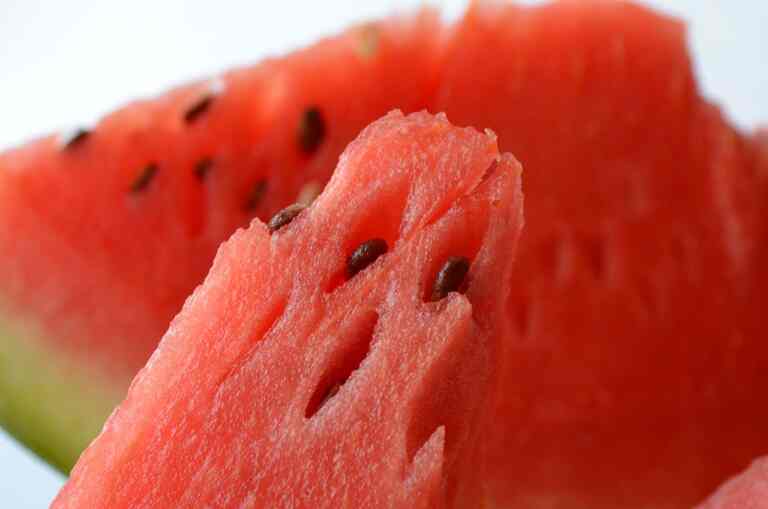Can we eat radish greens?
Can we eat radish greens? Yes, radish greens are edible and can be consumed. Radish greens are not only safe to eat but also highly nutritious. They are rich in vitamins, minerals, and antioxidants, making them a healthy addition to your diet. When preparing radish greens, make sure to wash them thoroughly to remove any dirt or pesticides. You can use them in salads, soups, stir-fries, or smoothies to enjoy their health benefits.
Nutritional Value of Radish Greens
Radish greens, the leafy tops of the radish plant, are not only edible but also incredibly nutritious. They are packed with various vitamins, minerals, and antioxidants that offer numerous health benefits. Here’s a breakdown of the nutritional value of radish greens:
- Vitamins:
- Vitamin C: Radish greens are an excellent source of vitamin C, which boosts the immune system and promotes healthy skin.
- Vitamin K: These greens are rich in vitamin K, essential for proper blood clotting and bone health.
- Vitamin A: Radish greens contain vitamin A in the form of beta-carotene, crucial for eye health and vision.
- Minerals:
- Calcium: Radish greens provide a good amount of calcium, vital for strong bones and teeth.
- Iron: Iron is essential for the formation of red blood cells and oxygen transport in the body, and radish greens contain a decent amount of it.
- Potassium: Radish greens are a good source of potassium, which helps regulate blood pressure and supports heart health.
- Magnesium: Magnesium plays a role in muscle and nerve function and is found in radish greens in notable quantities.
- Antioxidants:
- Quercetin: Radish greens contain quercetin, a powerful antioxidant that helps fight inflammation and free radical damage in the body.
- Anthocyanins: These antioxidants give radish greens their vibrant color and contribute to their health benefits.
- Dietary Fiber:
- Radish greens are a good source of dietary fiber, which aids in digestion, promotes a feeling of fullness, and supports overall gut health.
Incorporating radish greens into your diet can be an excellent way to enhance your overall nutrition and promote a healthier lifestyle.
Health Benefits of Eating Radish Greens
Consuming radish greens can offer a range of health benefits due to their nutrient-rich content. Here are some of the key health benefits associated with eating radish greens:
- Boosted Immune System: Radish greens are rich in vitamin C, which enhances the immune system, helping the body fight off infections and illnesses.
- Improved Digestive Health: The dietary fiber in radish greens aids digestion, prevents constipation, and promotes a healthy digestive system.
- Bone Health: Radish greens are a good source of vitamin K and calcium, both of which are essential for maintaining strong and healthy bones.
- Heart Health: Potassium in radish greens helps regulate blood pressure, reducing the risk of hypertension and cardiovascular diseases.
- Anti-inflammatory Properties: Radish greens contain antioxidants like quercetin and anthocyanins, which possess anti-inflammatory properties, reducing the risk of chronic diseases related to inflammation.
- Eye Health: The beta-carotene content in radish greens supports eye health and may reduce the risk of age-related macular degeneration.
- Detoxification: Radish greens contain compounds that support liver function, aiding the body’s natural detoxification process.
- Weight Management: The fiber content in radish greens promotes a feeling of fullness, aiding in weight management and preventing overeating.
- Improved Hydration: Radish greens have a high water content, contributing to overall hydration, which is essential for various bodily functions.
- Cancer Prevention: The antioxidants and phytonutrients present in radish greens have been studied for their potential in preventing certain types of cancer.
- Better Skin Health: The vitamin C content supports collagen production, promoting healthy and youthful skin. Antioxidants in radish greens also help combat skin aging.
- Improved Hair Health: The nutrients in radish greens contribute to healthier hair growth and strength.
It’s important to note that while radish greens offer these health benefits, they should be consumed as part of a balanced diet that includes a variety of fruits, vegetables, whole grains, and proteins for overall optimal health.
How to Prepare and Cook Radish Greens
Preparing and cooking radish greens is a simple process. Here’s a step-by-step guide on how to do it:
Preparation:
- Washing:
- Rinse the radish greens thoroughly under cold running water to remove any dirt, sand, or pesticides.
- Pat them dry with a clean kitchen towel or use a salad spinner to remove excess water.
- Separating Stems and Leaves:
- Separate the stems from the leaves. The stems can be tougher, so you might want to cook them a bit longer than the tender leaves.
Cooking Methods:
- Sautéing:
- Heat a small amount of oil (olive oil, coconut oil, or any cooking oil of your choice) in a pan over medium heat.
- Add minced garlic or onions for flavor if desired.
- Add the radish stems first and sauté for a few minutes until they start to soften.
- Then, add the leaves and continue sautéing until they wilt and become tender.
- Season with salt, pepper, and your favorite herbs or spices. Lemon juice or a splash of vinegar can enhance the flavor.
- Serve as a side dish or mix with other vegetables or grains.
- Steaming:
- Bring water to a boil in a pot or a steamer.
- Place the radish greens in a steamer basket and steam for 2-3 minutes or until they become tender but still vibrant in color.
- Remove from the steamer and season with salt, pepper, and a drizzle of olive oil or lemon juice.
- Blanching:
- Boil a pot of water and prepare a bowl of ice water.
- Immerse the radish greens in the boiling water for 1-2 minutes, then quickly transfer them to the ice water to stop the cooking process.
- Drain the greens and squeeze out excess water.
- Sauté or use them in salads, soups, or other dishes.
- In Salads:
- Chop the radish greens finely and add them to salads for a peppery and nutritious kick.
- Combine with other salad greens, vegetables, nuts, and dress with your favorite vinaigrette.
- In Soups:
- Add chopped radish greens to soups or stews during the last few minutes of cooking.
- They will wilt and add a flavorful and nutrient-rich element to your soup.
Remember, radish greens cook quickly, so be mindful not to overcook them, as this can result in a loss of nutrients and flavor. Enjoy your delicious and nutritious radish greens!

Creative Recipes Using Radish Greens
Certainly! Here are a few creative recipes that utilize radish greens in different ways, adding a burst of flavor and nutrition to your meals:
1. Radish Greens Pesto:
- Ingredients:
- Radish greens, washed and chopped
- Garlic cloves
- Pine nuts or walnuts
- Parmesan cheese (optional)
- Olive oil
- Salt and pepper to taste
- Instructions:
- Blend radish greens, garlic, nuts, and Parmesan cheese in a food processor until finely chopped.
- With the processor running, slowly pour in olive oil until the pesto reaches your desired consistency.
- Season with salt and pepper. Serve with pasta, as a spread, or a dip.
2. Radish Greens and Potato Curry:
- Ingredients:
- Radish greens, washed and chopped
- Potatoes, peeled and diced
- Onion, finely chopped
- Tomato, chopped
- Ginger-garlic paste
- Turmeric, cumin, coriander powder, and garam masala for seasoning
- Oil
- Salt to taste
- Instructions:
- Sauté onions and ginger-garlic paste in oil until golden brown.
- Add tomatoes and spices. Cook until the oil separates.
- Add potatoes and radish greens. Cook until potatoes are tender and greens are wilted.
- Adjust seasoning and serve with rice or bread.
3. Radish Greens and Chickpea Stir-Fry:
- Ingredients:
- Radish greens, washed and chopped
- Cooked chickpeas
- Red bell pepper, sliced
- Garlic, minced
- Soy sauce or tamari
- Sesame oil
- Red pepper flakes (optional)
- Instructions:
- In a pan, heat sesame oil and sauté garlic until fragrant.
- Add radish greens, chickpeas, and bell peppers. Stir-fry for a few minutes.
- Add soy sauce and red pepper flakes. Cook until the greens are wilted and everything is heated through.
- Serve over rice or quinoa.
4. Radish Greens and Feta Stuffed Mushrooms:
- Ingredients:
- Large mushrooms, cleaned and stems removed
- Radish greens, washed and finely chopped
- Feta cheese, crumbled
- Garlic, minced
- Olive oil
- Salt and pepper to taste
- Instructions:
- Preheat the oven. Mix radish greens, feta, garlic, olive oil, salt, and pepper in a bowl.
- Stuff each mushroom cap with the mixture.
- Bake until mushrooms are tender and the filling is golden brown and bubbling.
- Serve as an appetizer or a side dish.
These recipes showcase the versatility of radish greens and can be customized to suit your taste preferences. Enjoy experimenting with these creative dishes!
Potential Risks and Precautions
While radish greens are generally safe to eat and offer numerous health benefits, there are a few potential risks and precautions to consider:
- Pesticide Residues: Radish greens, like other leafy vegetables, might contain pesticide residues if not properly washed. To minimize this risk, thoroughly wash the greens under running water or consider buying organic produce.
- Oxalates: Radish greens, like many leafy greens, contain oxalates, which can crystallize in the body and cause health issues for individuals prone to kidney stones or gout. If you have a history of kidney stones or gout, it’s advisable to moderate your consumption of high-oxalate foods, including radish greens.
- Allergies: Some individuals may be allergic to certain components of radish greens. If you have a known allergy to radishes or other cruciferous vegetables, it’s best to avoid radish greens to prevent an allergic reaction.
- Thyroid Function: Radish greens, like other cruciferous vegetables, contain substances known as goitrogens, which can interfere with thyroid function if consumed in large quantities. Cooking radish greens can help reduce the goitrogenic compounds, making them safer for individuals with thyroid issues.
- Moderation: As with any food, moderation is key. Consuming a variety of vegetables is important for a balanced diet. While radish greens offer health benefits, it’s essential not to rely solely on them but to incorporate a diverse range of vegetables into your meals.
- Digestive Sensitivity: Some individuals may experience digestive discomfort, such as gas or bloating, when consuming radish greens. If you notice any adverse reactions, it’s best to limit or avoid their consumption.
Conclusion: Incorporating Radish Greens into Your Diet
Incorporating radish greens into your diet is a simple yet impactful way to boost your overall nutrition and add a burst of flavor to your meals. These nutrient-packed greens, rich in vitamins, minerals, and antioxidants, offer a wide array of health benefits. By exploring various cooking methods, such as sautéing, steaming, or incorporating them into salads and pesto, you can enjoy their unique peppery taste and crisp texture.
However, it’s crucial to maintain a balanced diet that includes a diverse range of vegetables to ensure you’re meeting all your nutritional needs. Always wash them thoroughly to remove any residues and consider your individual health requirements, especially if you have allergies or specific dietary concerns. With their versatility and health-enhancing properties, radish greens can become a delightful and wholesome addition to your culinary repertoire, promoting both your taste buds and your well-being.
Related Posts
This article is reviewed by Russel, before publishing. If you have any doubt, you can contact us or consult with your nearby doctor. Remember, in medical matters, there is no same advice, cure, and medicine for all.







